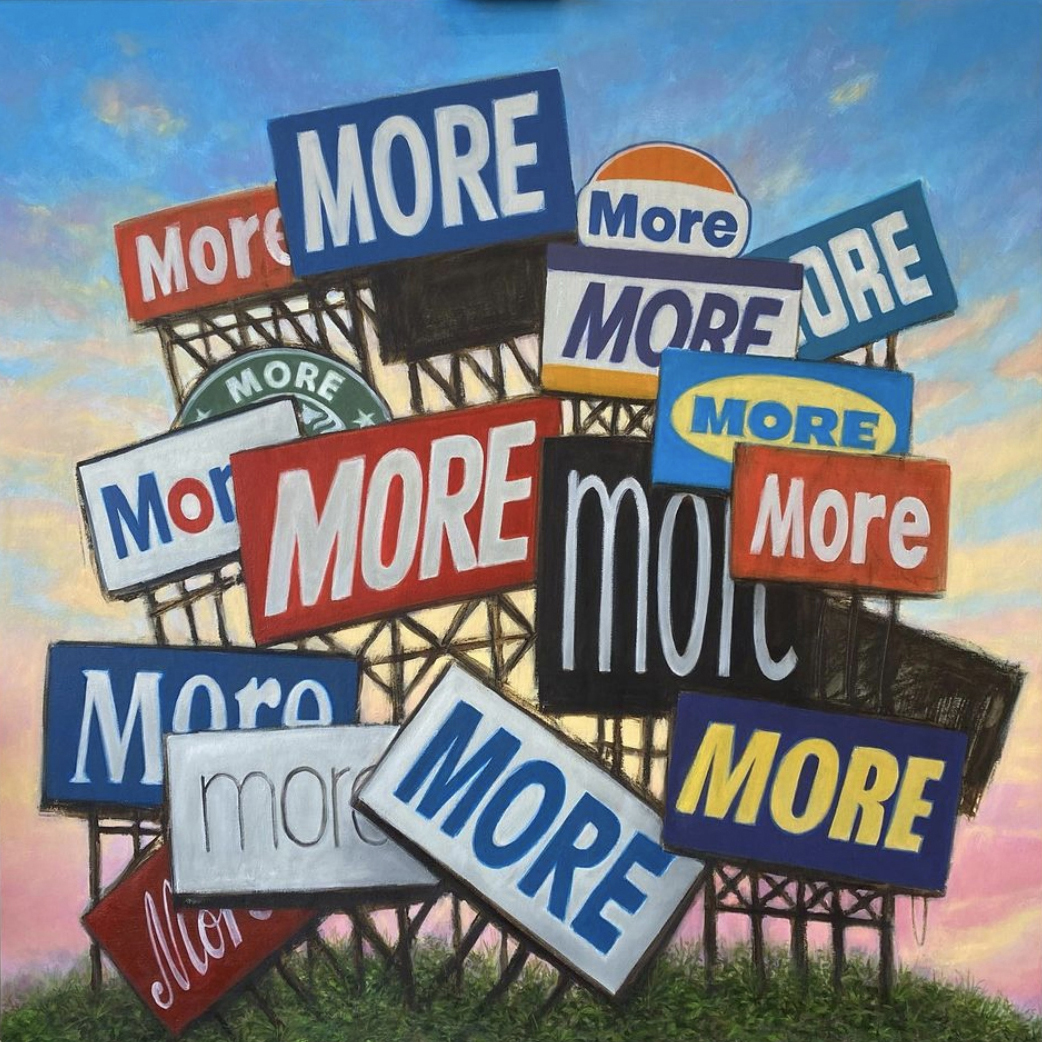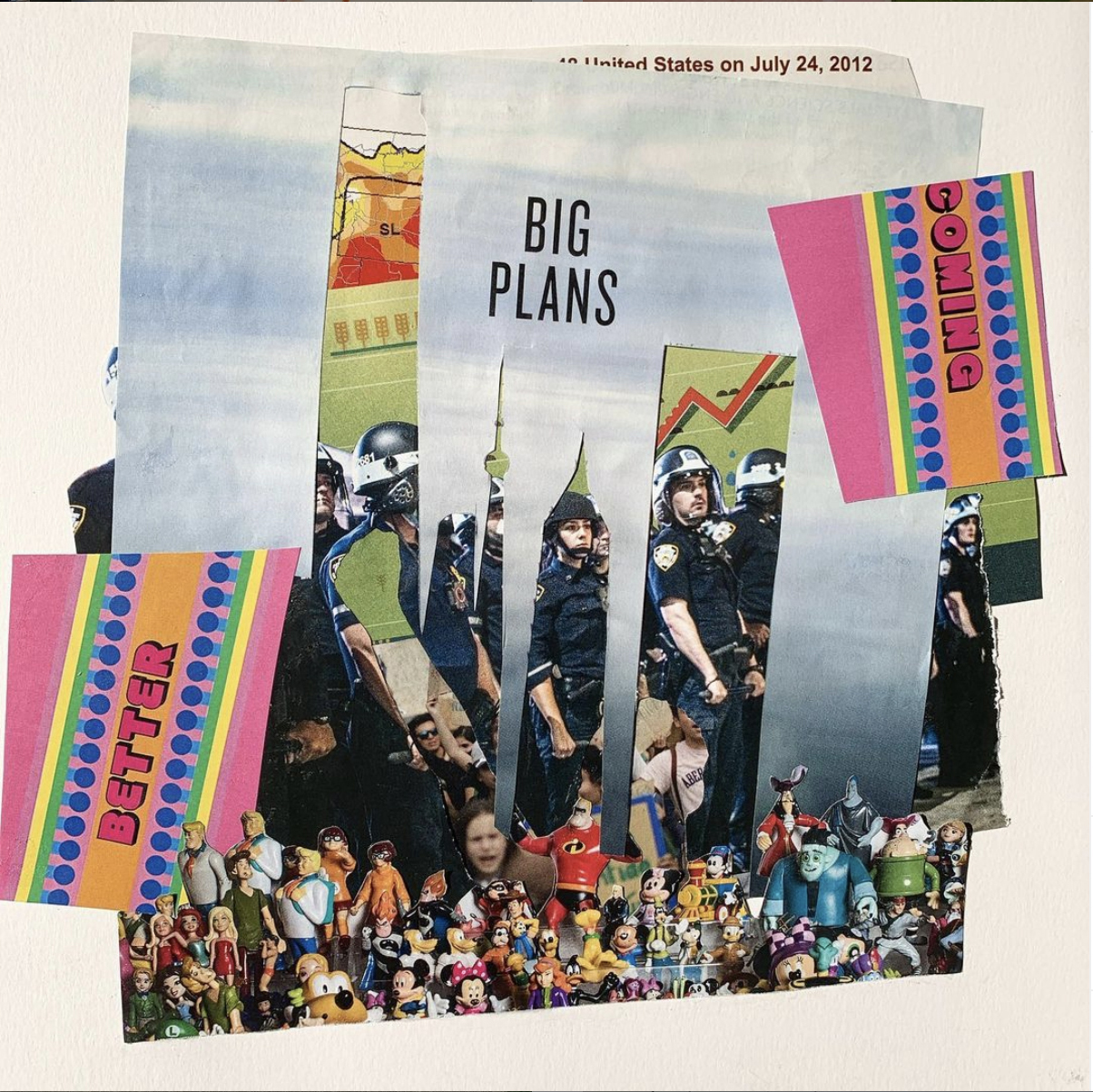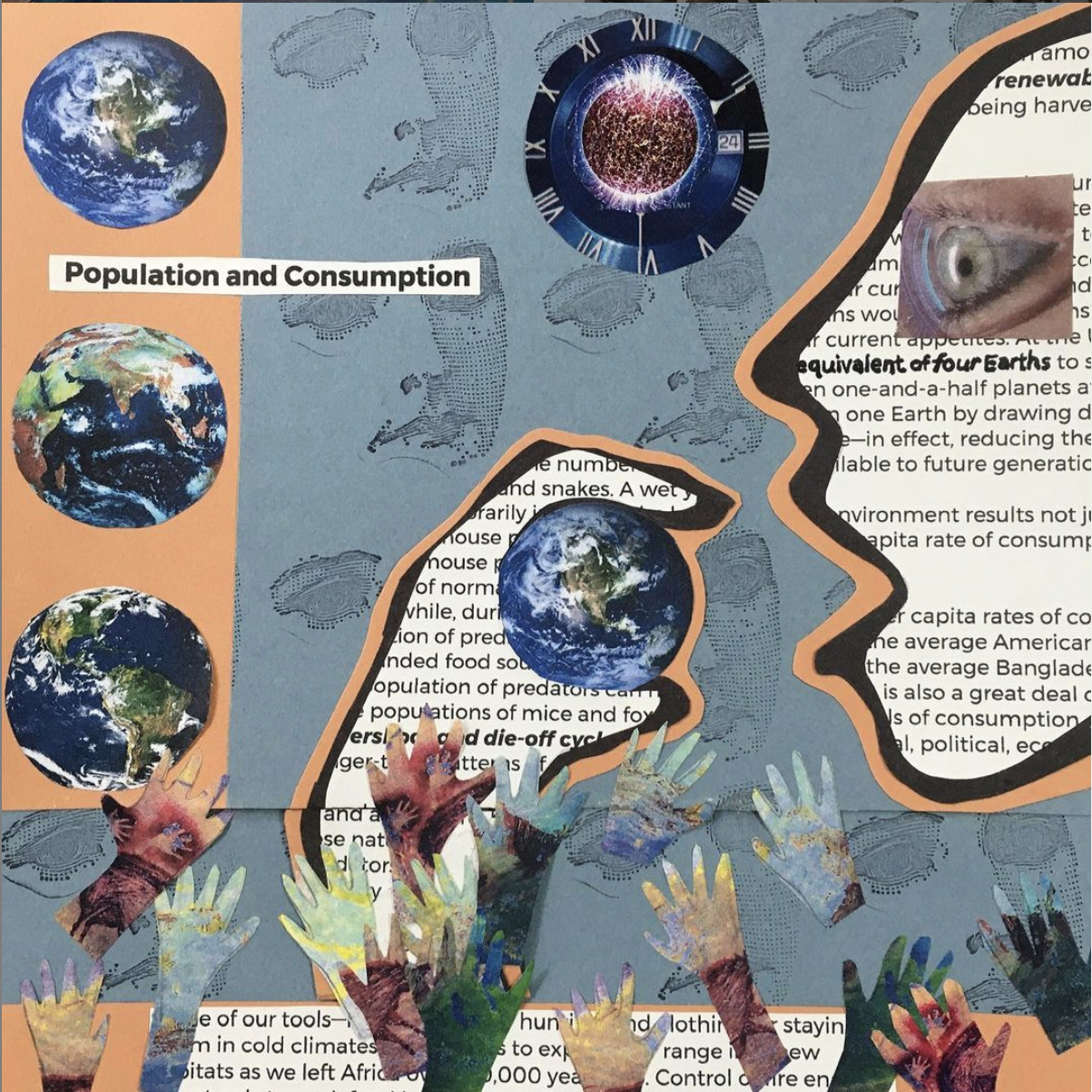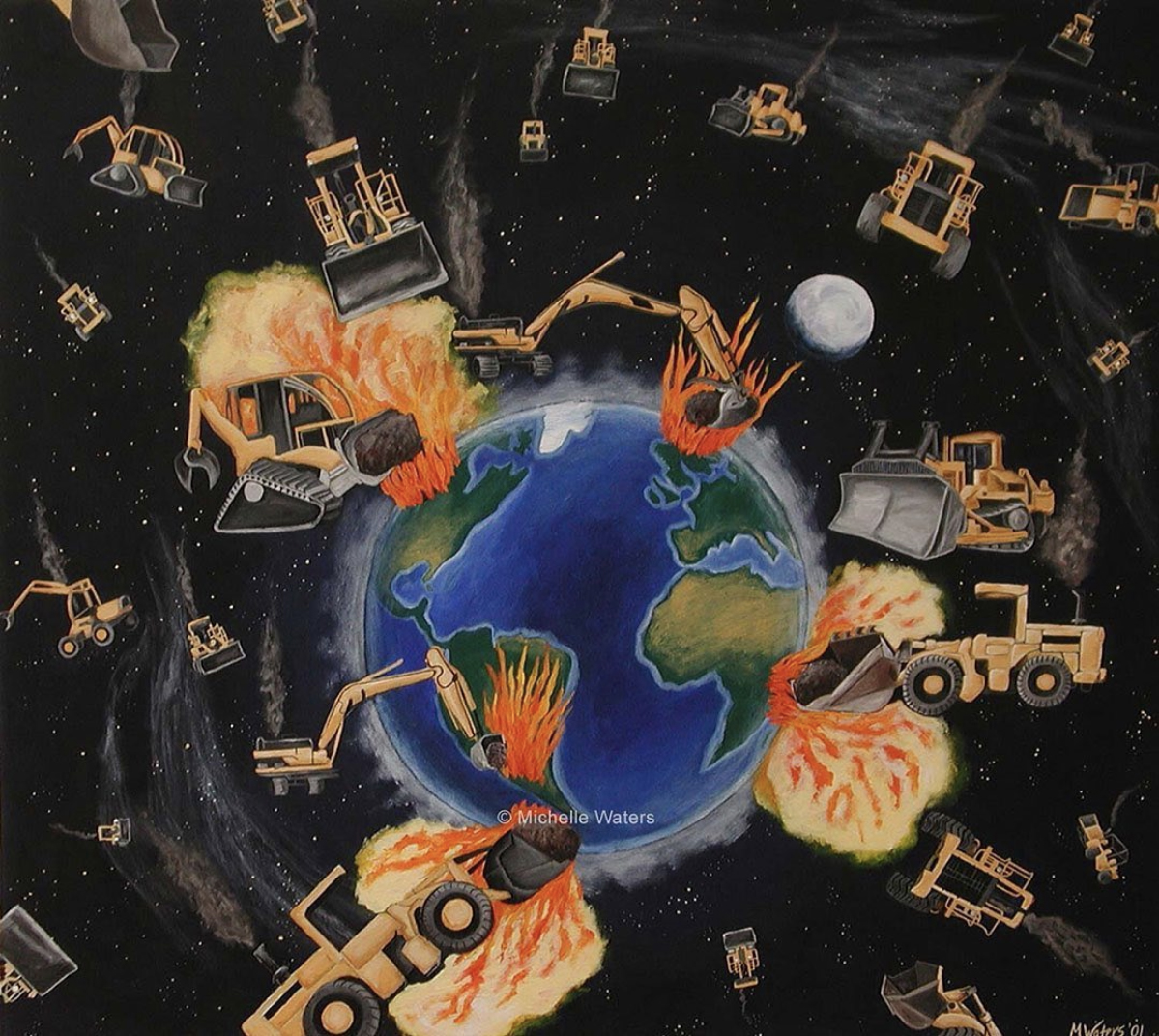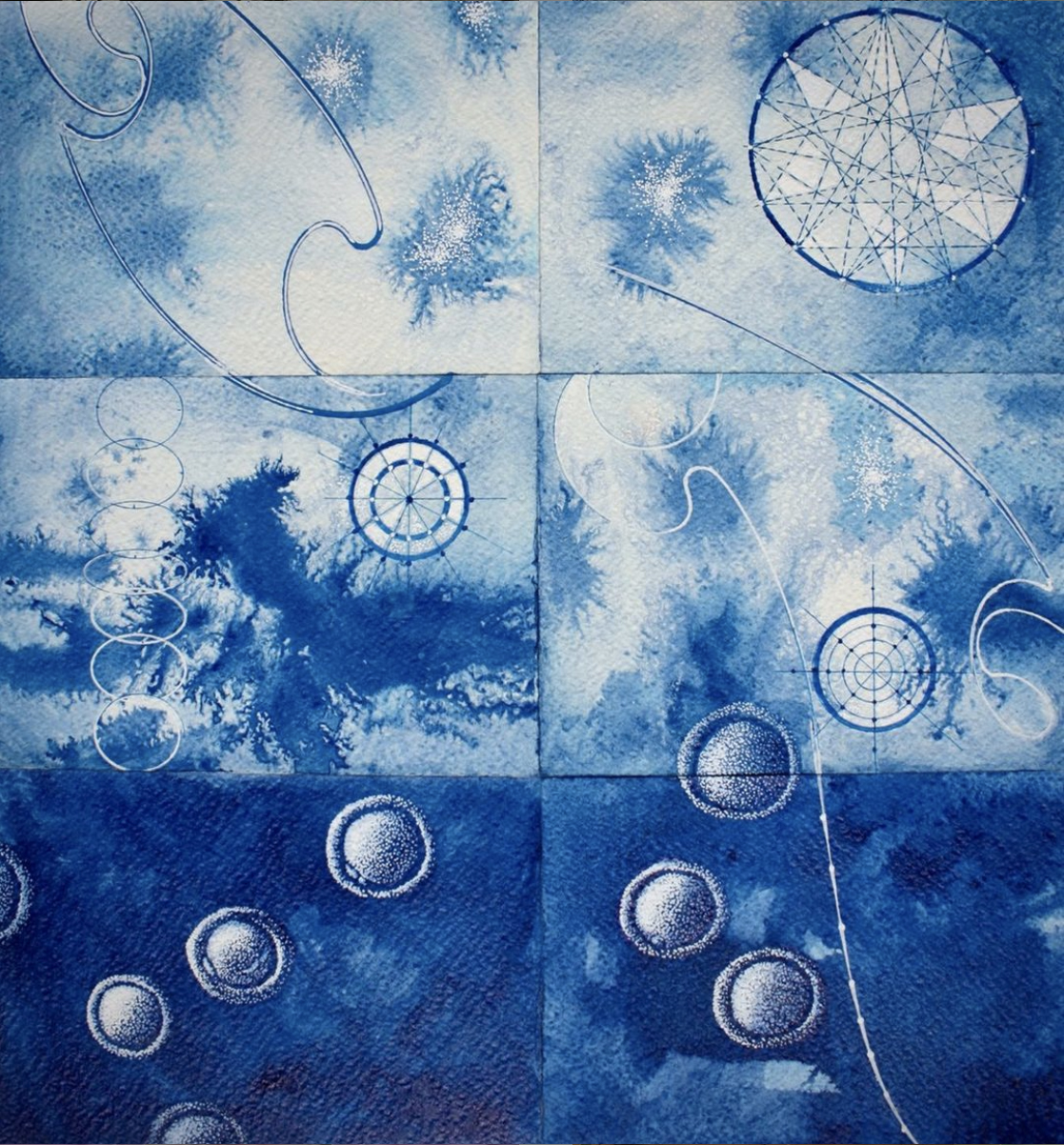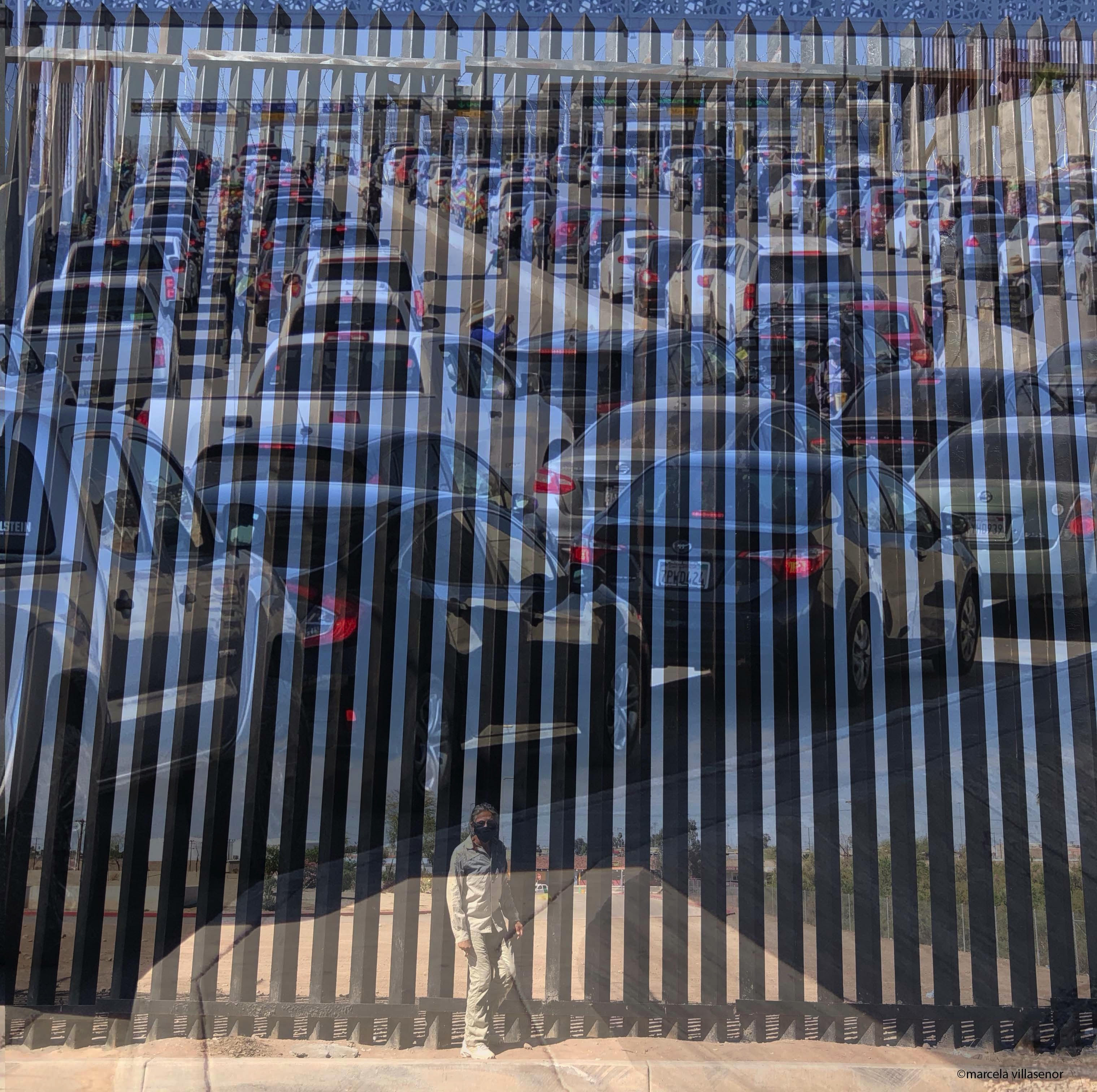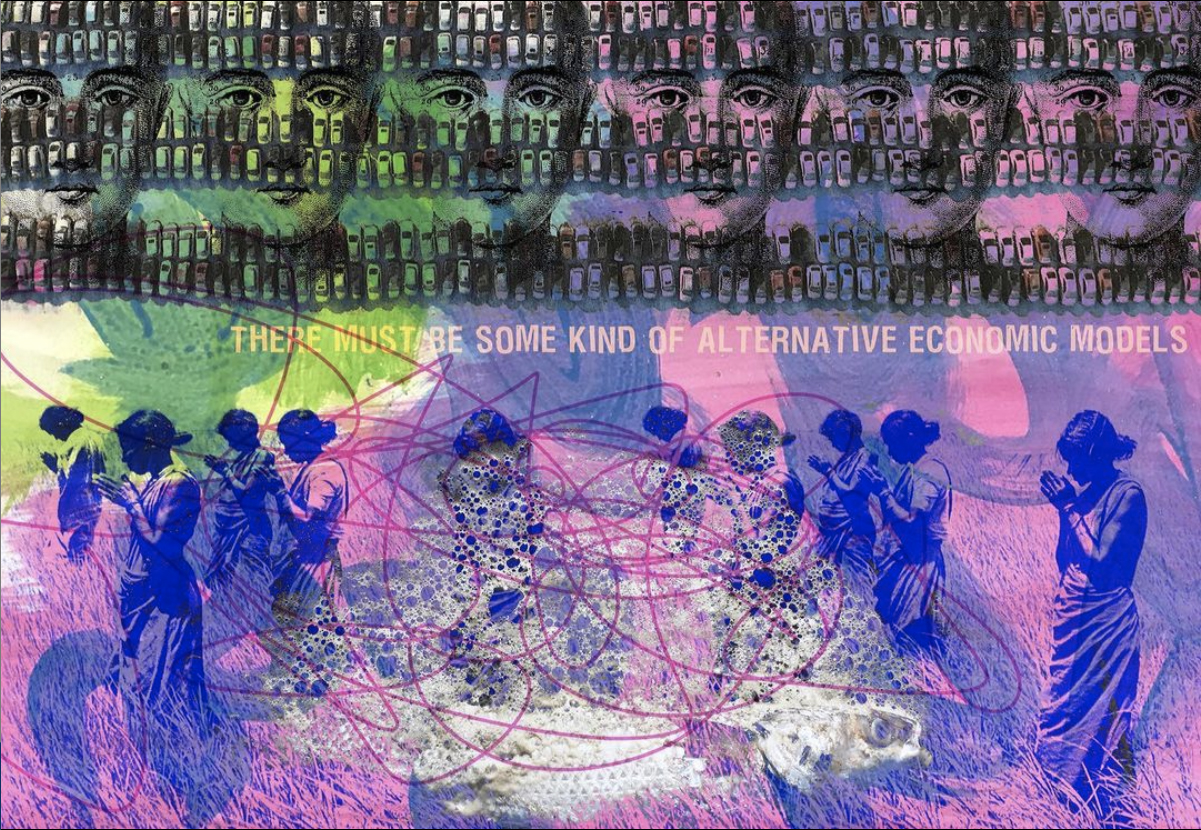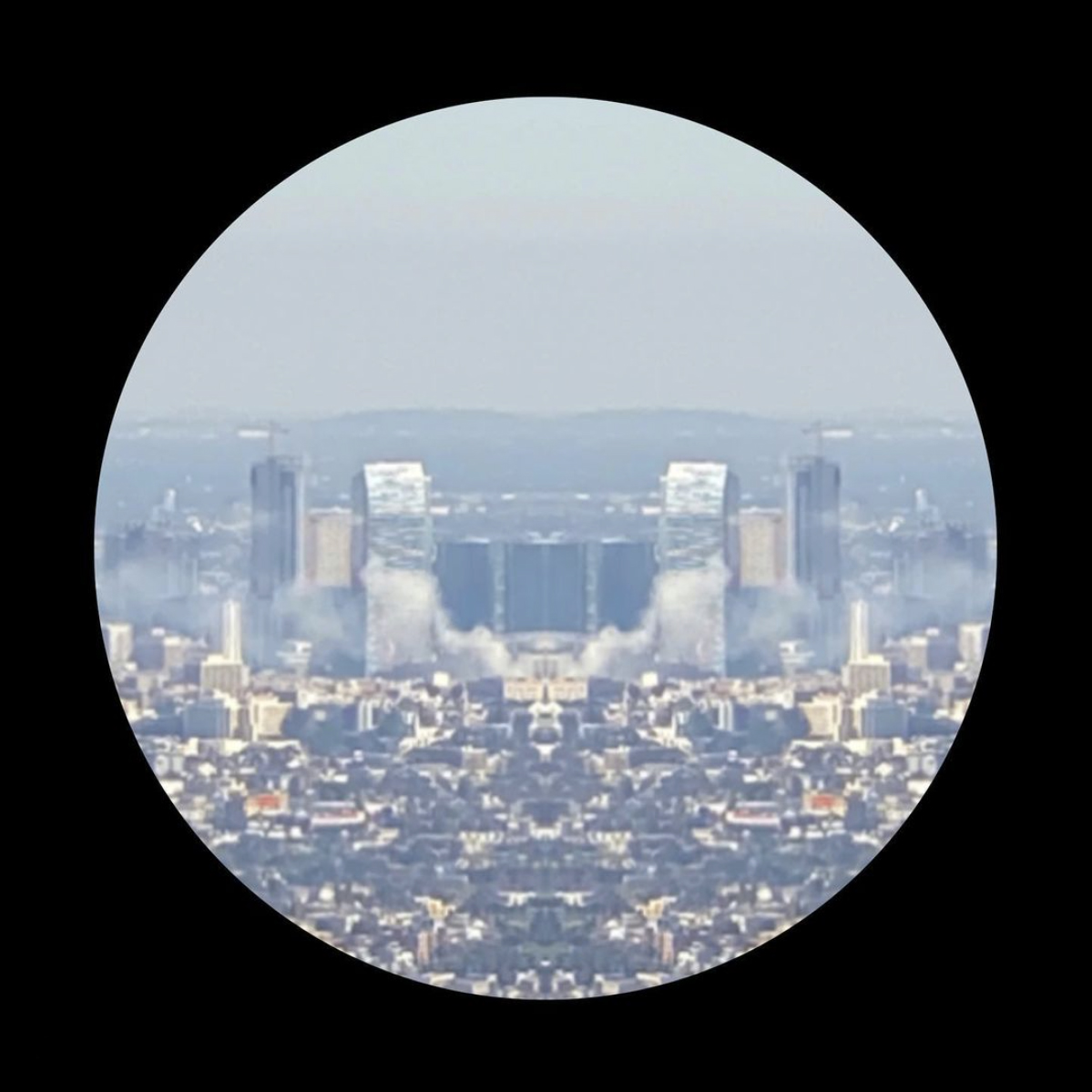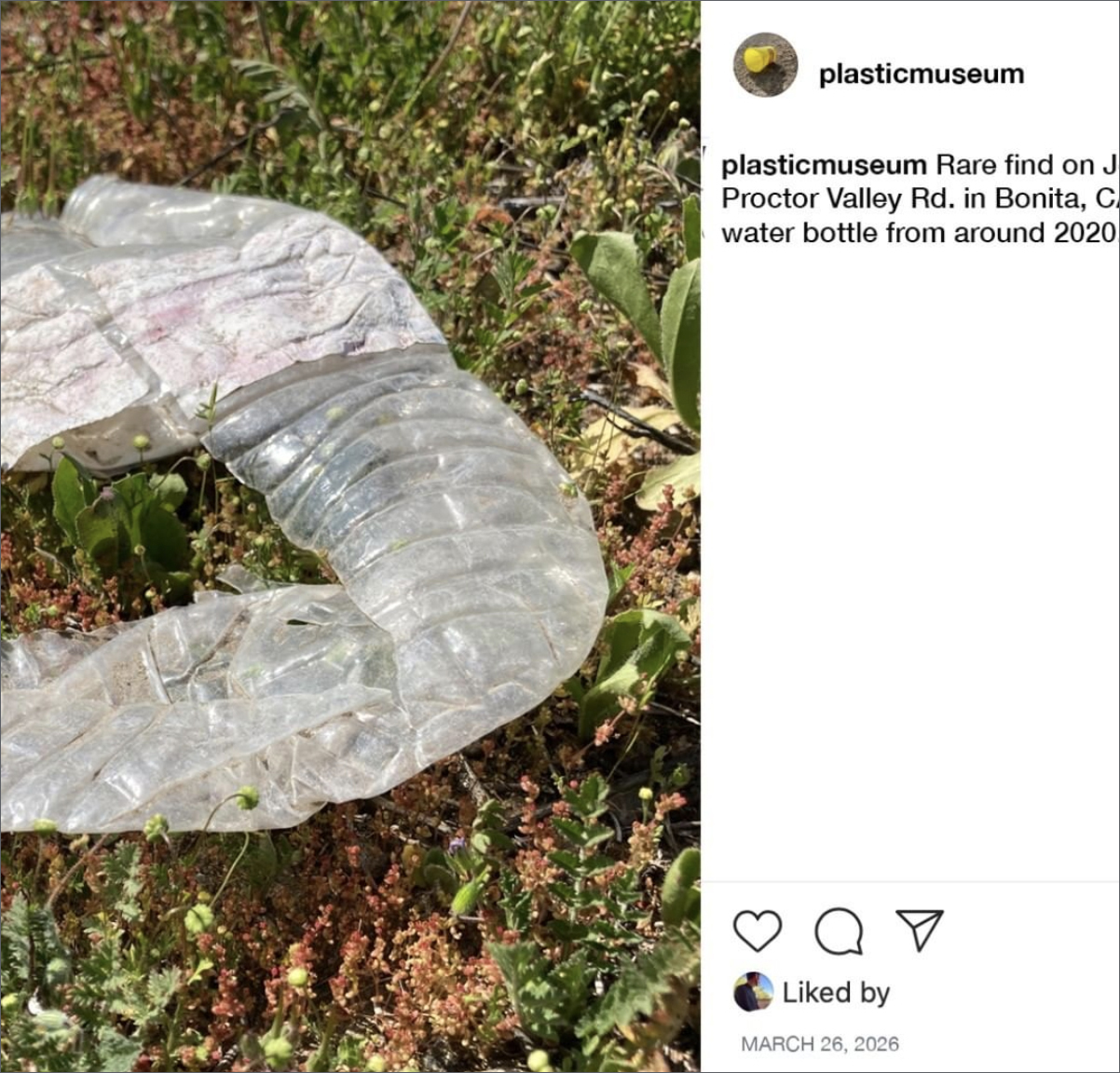This is the second What’s Next for Earth online exhibition based on Think Resilience,
a free online course by the Post Carbon Institute.
“Today we consume resources at a far higher rate than any previous civilization. We can do this mainly due to our reliance on a few particularly useful nonrenewable and depleting resources, namely fossil fuels. Energy from fossil fuels enables us to mine, transform, and transport other resources at very high rates; it also yields synthetic fertilizers to make up for our ongoing depletion of natural soil nutrients. This deep dependency on fossil fuels of course raises the question of what we will do as the depletion of fossil fuels themselves becomes more of an issue.”
Richard Heinberg, Think Resilience, lesson 3: Population and Consumption (Full video transcript here).
